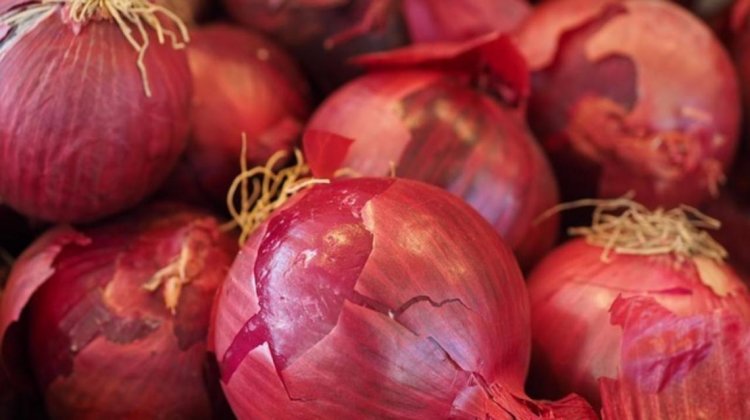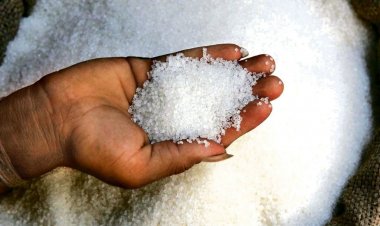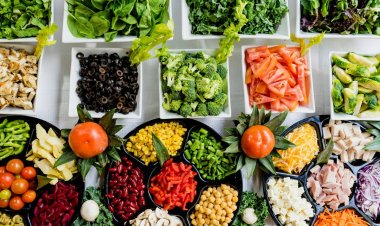Onions will not bring tears this time, hopefully
The Government of India has continuously been monitoring the situation and framing policy decisions that have led to stability in the prices of onion and pulses this time. The Centre keeps a close watch on the production, imports, exports and availability of essential commodities through frequent interaction with importers, research agencies and trade associations.

Onion is the most nightmarish vegetable for Indian politicians. The humble commodity has the credit, rather the discredit, of bringing down governments in the past. The skyrocketing prices of onions in 1980 contributed to the fall of the first non-Congress government post-Independence. The General Elections that year were termed “Onion Election” by Indira Gandhi. But within a year, onions were making the then Prime Minister Indira Gandhi cry when prices shot up.
Perhaps with this picture in mind, the Government of India has continuously been monitoring the situation and framing policy decisions that have led to stability in the prices of onion and pulses this time.
The Centre keeps a close watch on the production, imports, exports and availability of essential commodities through frequent interaction with importers, research agencies and trade associations, according to Rohit Kumar Singh, Secretary, Department of Consumer Affairs.
To check the sudden spike in onion prices, the cooperative NAFED has offloaded 20,000 tonnes of the bulb from the government's reserves in the last three weeks across India.
Onion is presently sold at the "going market rate" in major cities like Delhi, Patna, Lucknow, Chandigarh, Chennai and Hyderabad among others.
NAFED has been creating a buffer stock of onion on behalf of the government under the Price Stabilisation Fund (PSF) for the last few years. For 2022-23, NAFED has built a record onion reserve of 2.50 lakh tonnes (lt) to deal with a potential spike in onion prices during the lean season that runs from August to December.
NAFED commenced the disposal of buffer onions in mid-September and has already offloaded 20,000 tonnes. The onion procured in April and May is being offloaded at the "going market rate". The stocks from the buffer will be released in a targeted and calibrated manner till December.
According to the data maintained by the Consumer Affairs Ministry, the average retail price of onion is ruling high at Rs 40 per kg in the northeast zone this month, while it has stood in the range of Rs 23-25 per kg in other zones.
By ensuring a buffer stock of 2.50 lt of onion during the Rabi 2022 harvesting period, the Centre wants to keep onion retail prices stable even during the lean arrival season.
The release of onion from the buffer stock is initiated to check the price rise and a quantity of 54,000 tonnes of onion has been released to various markets across 14 States/UTs from the National Onion Buffer Stock.
This has resulted in stable onion prices all through the year. Further, to keep the onion retail prices stable, the Government of India has offered all the States/UTs and Mother Dairy, Safal, NCCF and Kendriya Bhandar to lift onion from the Central Buffer Stock at the rate of Rs 800 per quintal.
The Government has set up PSF to tackle the price volatility of essential commodities such as pulses, onions and potatoes to protect the consumers’ interests while promoting direct purchases from farmers/farmers’ associations at farmgate/mandi.
The buffer stock of onion and pulses is maintained under PSF with the objective to moderate prices during the lean arrival season to ensure price stability. These interventions, while protecting consumer interest, would also help in sending appropriate signals to the market and regulate speculative and hoarding activities.
(Subhashis Mittra is a New Delhi-based senior journalist, freelance writer and public policy analyst.)



 Join the RuralVoice whatsapp group
Join the RuralVoice whatsapp group






































